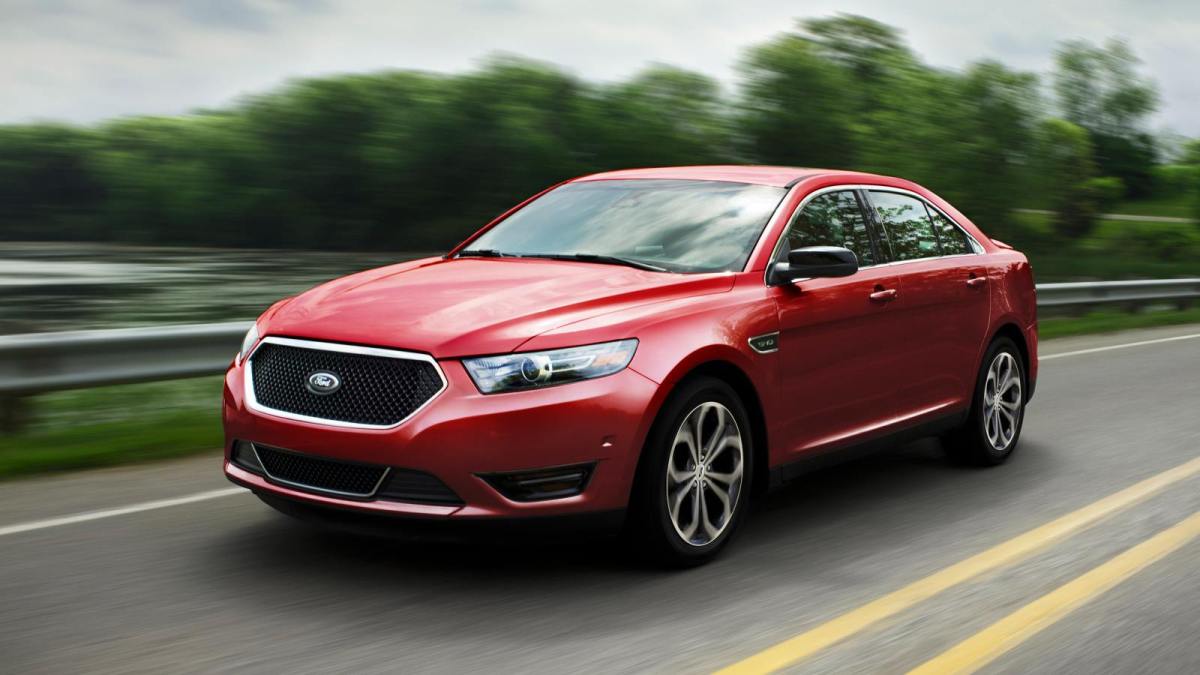And thus, Ford made the decision to discontinue the Taurus, a car that had once been the best-selling vehicle in the United States. The Taurus had been a flagship model for Ford since its introduction in 1986, but declining sales and a shift in consumer preferences ultimately led to the end of its production.
One of the primary reasons for Ford discontinuing the Taurus was the changing landscape of the auto industry. In the 1980s and 1990s, large sedans like the Taurus were popular among American consumers. However, as the years went on, there was a shift towards smaller, more fuel-efficient vehicles and also towards SUVs and crossovers. The market demand for large sedans like the Taurus dwindled, and Ford had to adapt to these changes in order to remain competitive.
Additionally, the Taurus faced stiff competition from other manufacturers’ offerings in the sedan segment. Brands like Toyota, Honda, and Chevrolet were producing high-quality sedans that were more appealing to consumers than the Taurus. These competitors offered better fuel efficiency, more modern technology, and more stylish designs, all of which made it difficult for the Taurus to compete in the market.
Another factor that contributed to the discontinuation of the Taurus was Ford’s desire to focus on other profitable segments of the market. As SUVs and crossovers gained popularity, Ford shifted its focus and resources towards these vehicles, which offered higher profit margins than sedans. The company made the strategic decision to prioritize its SUV and truck lineup, such as the Ford Explorer and the F-150, which were more profitable and in higher demand.
Furthermore, the Taurus had been in production for over 30 years, and by the time Ford decided to discontinue it, the model had become outdated. Despite several updates and refreshes over the years, the Taurus had fallen behind in terms of modern features and technology compared to its competitors. Ford recognized that the sedan was no longer competitive in the market and decided to invest in newer models and technologies instead.
In the end, the combination of changing consumer preferences, strong competition, a shift in Ford’s priorities, and the Taurus’s outdated design all led to Ford’s decision to discontinue the model. While it was once a best-selling and iconic vehicle for the company, the Taurus had simply run its course in the automotive market.
Moving forward, Ford has continued to focus on its SUV and truck lineup, as well as investing in electric and autonomous vehicles. The company’s decision to discontinue the Taurus reflects the broader trends in the auto industry and demonstrates the necessity for automakers to adapt to changing consumer preferences and market demands in order to remain competitive. As the automotive landscape continues to evolve, it’s likely that we will continue to see more shifts in the types of vehicles that are produced and sold, as well as the discontinuation of older models in favor of newer, more relevant options.
